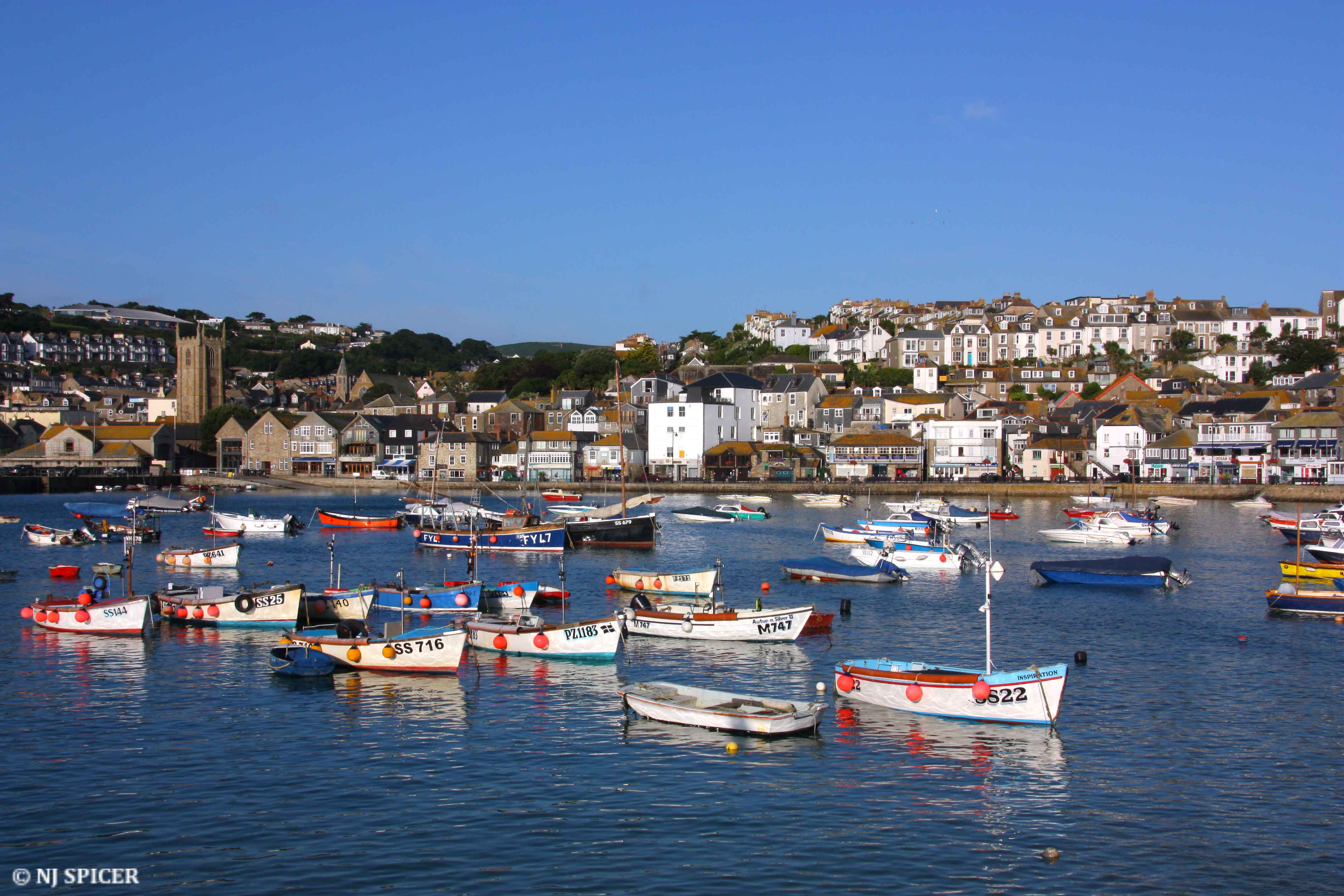
St Ives, Cornwall. Image by neiljs via Creative Commons
Last year, a review of rural housing policy highlighted the concentration of second homes in rural areas. The study reported that in many coastal communities and villages in England’s national parks and areas of outstanding natural beauty, second homes make up over a quarter of the housing stock – and in some areas this can be as high as 80%.
From holiday havens to investment vehicles
Around 1.6 million people own second homes (properties that are not the owner’s principal residence) in England and Wales, while in Scotland there are about 35,000 second homes.
Second homes are not a new phenomenon. For many years, rural and coastal properties have been purchased as holiday getaways for city-dwellers. More recently, however, second homes have been snapped up as investments, with many left empty for much of the year.
The pros and cons of second homes
Proponents of second homes point to their positive impacts, including the income, jobs and patronage of services they can generate for hard-pressed local areas. One study has also pointed to the social value of second homes in connecting communities to new skills and knowledge. But critics of second homes claim that they distort the housing market and make it hard for local people to get on the property ladder.
The authors of the rural housing review underlined the effects of second homes on local communities and housing:
“Local people are often unable to compete with these buyers and the need for affordable housing becomes even more acute, but supply is very low. Their exclusion from these villages means there is not a large enough permanent population to support local services. The result is a vicious cycle of decline, leaving behind an ageing and increasingly vulnerable population.”
Changing the rules
The issue has come to a head in the Cornish town of St Ives, where residents will vote next week on a neighbourhood plan that includes a measure reserving all newly-built properties exclusively for local people.
The mayor of St Ives claims that the plan to reserve newly-built properties for locals is crucial to the town’s survival, telling The Guardian:
“You can’t overestimate the contribution of second home owners to the economy, but you have to look at the bigger picture. Where you don’t have a sustainable economy, over time the town will wither away. We don’t want that. We want to maintain a thriving community.”
The 2015 rural housing review recommended that areas experiencing high levels of second home ownership should require a proportion of new homes to be given planning permission with the condition that they can only be used as principal residences.
Council Tax discounts
Since 2013, local authorities have had powers to reduce the level of discount awarded for second homes. Some councils, such as Hertsmere and Perth and Kinross now offer a 10% reduction on second homes, subject to certain conditions. However, Cornwall County Council has abolished its previous 10% discount. The council is so concerned about the rising number of second homes that it also wants to make conversions of properties to second homes subject to planning permission.
A ‘Yes’ or a ‘No’?
Last summer, two other parts of Cornwall gave ‘Yes’ votes to neighbourhood plans, one of which seeks to ensure that new homes do not add to numbers of second homes and holiday lets in the area. A similar referendum took place three years ago in the Devon community of Lynton and Lynmouth, where residents voted to stop the development of new second homes.
It’s possible that St Ives could follow suit, although at least one developer has indicated that it would challenge the plan under human rights law.
The St Ives referendum takes place on 5 May. While other parts of the country are watching the results for the devolved assemblies, local councils and the new mayor of London, the residents of St Ives will be waiting for a decision that could change the face of its economy. But as housing shortages continue to rise up the political agenda across the country, councils, home owners, planners and developers in other parts of the UK will be waiting for the St Ives result with particular interest.
Share
Related Posts
Supporting residents on the decarbonisation journey: leveraging data for effective retrofit projects
As the drive towards decarbonisation intensifies, the social housing sector’s ability to collect, store and manage vast amounts of data becomes increasingly critical. With a shared goal of creating warmer, carbon-free homes, housing associations’ strategic use of data is essential ....
The recent spikes in energy costs have thrown into sharp focus the challenge of heating our homes. Domestic heating is important, not just for our comfort and wellbeing, but to reduce humidity and prevent condensation. But because traditional heating systems ....
Tackling geographical inequalities is critical for ensuring that all parts of the country have the potential to prosper. When the UK was a member of the European Union, it was entitled to a share of funding from the EU’s structural ....

